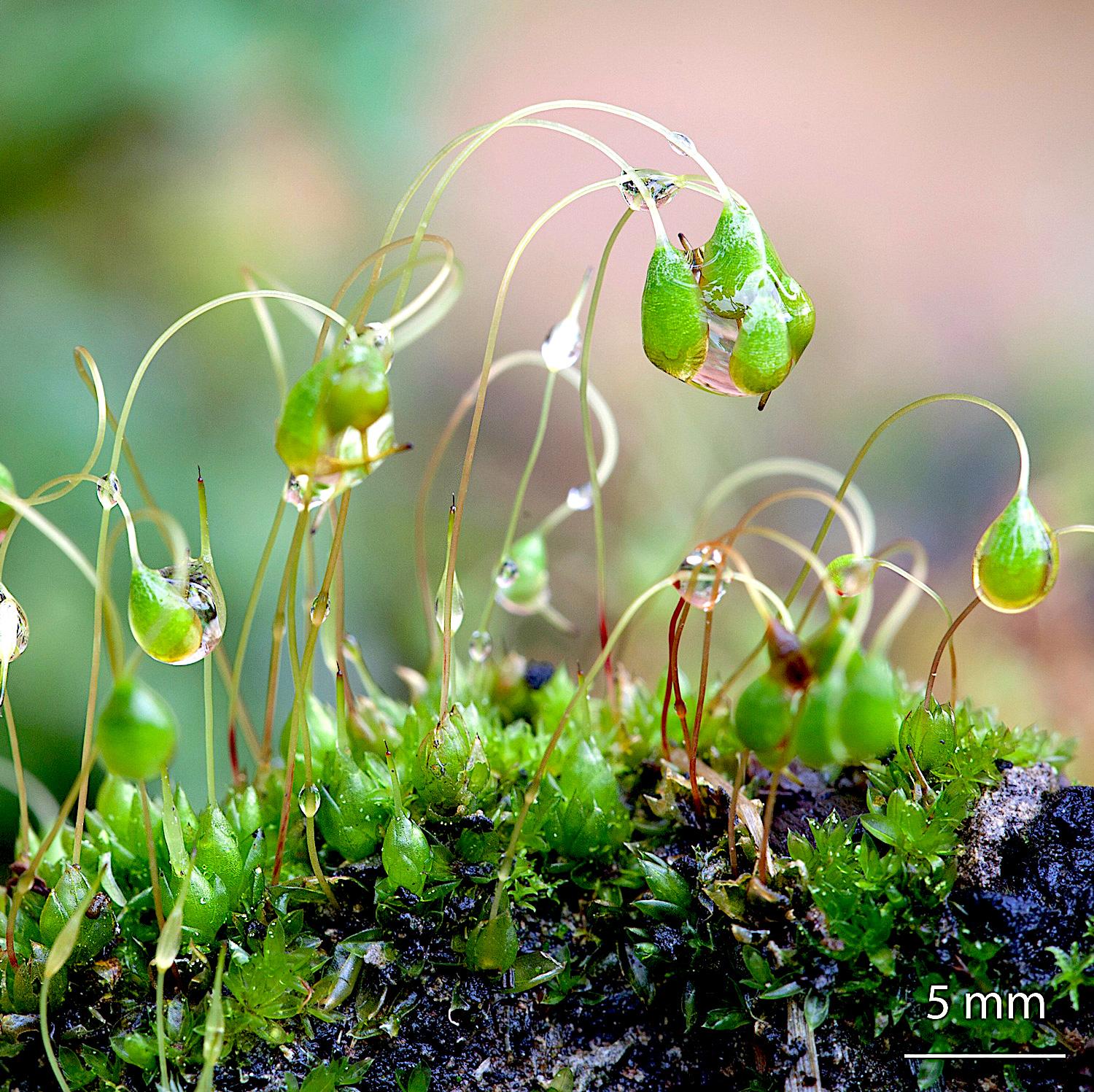
funaria-hygrometrica-moss.jpg from: https://plantstomata.wordpress.com/tag/d-j-paolillo-jr/
Introduction
Prepare to embark on a captivating journey into the world of Funaria nilotica (Delile) Broth., a remarkable moss species that belongs to the Funariaceae family. Often referred to simply as Funaria, this unassuming plant holds a wealth of fascinating secrets waiting to be uncovered by enthusiasts like you.
Background
Before we delve into the intricacies of Funaria nilotica, it’s essential to understand the broader context of mosses. These diminutive yet resilient plants belong to the Bryophyta division, which encompasses the Bryopsida class – the true mosses. Despite their small stature, mosses play a crucial role in various ecosystems, acting as pioneers in colonizing disturbed areas and contributing to soil formation.
Main Content
Morphology and Identification
Funaria nilotica is a distinctive moss species that can be easily identified by its unique features. The gametophyte stage, which is the dominant phase in the moss life cycle, consists of slender, upright stems adorned with lanceolate leaves. These leaves are spirally arranged and possess a distinctive midrib.
One of the most striking characteristics of Funaria nilotica is its twisted seta (the stalk that supports the sporophyte). This twisted appearance is a key identifier, setting it apart from other moss species. Additionally, the capsule (the spore-bearing structure) is curved and asymmetrical, further enhancing its unique visual appeal.
Global Distribution and Habitat
Funaria nilotica is a cosmopolitan species, meaning it can be found across various regions of the world. This moss thrives in a wide range of habitats, from disturbed areas and cultivated fields to urban environments and rocky outcrops. Its ability to colonize diverse environments is a testament to its remarkable adaptability.
Ecological Roles and Adaptations
Despite its diminutive size, Funaria nilotica plays a vital role in various ecosystems. As a pioneer species, it is often one of the first plants to colonize disturbed or bare soil, contributing to the stabilization of the substrate and facilitating the establishment of other plant species.
Moreover, Funaria nilotica possesses remarkable adaptations that enable it to thrive in challenging environments. Its ability to tolerate desiccation and rapidly resume growth after rehydration is a key survival strategy. Additionally, the moss’s spore dispersal mechanisms and efficient reproductive strategies contribute to its widespread distribution and success.
Case Studies/Examples
To illustrate the ecological significance of Funaria nilotica, let’s consider a case study from a post-fire ecosystem. After a wildfire has ravaged an area, leaving behind a barren landscape, Funaria nilotica is often among the first plants to colonize the scorched soil. Its resilience and rapid growth allow it to stabilize the soil, preventing erosion and creating a suitable environment for other plant species to establish themselves, ultimately facilitating the recovery of the ecosystem.
Technical Table
| Characteristic | Description |
|---|---|
| Scientific Name | Funaria nilotica (Delile) Broth. |
| Family | Funariaceae |
| Common Name | Funaria |
| Growth Form | Acrocarpous (upright) |
| Leaf Arrangement | Spirally arranged |
| Leaf Shape | Lanceolate |
| Midrib | Present |
| Seta | Twisted |
| Capsule | Curved and asymmetrical |
Conclusion
Funaria nilotica (Delile) Broth., a humble yet remarkable moss species, has captured our attention with its unique morphological features, global distribution, and ecological significance. From its twisted seta to its curved capsules, this moss is a true marvel of nature, reminding us that even the smallest organisms can have a profound impact on the world around us.
As we bid farewell to this captivating exploration, a thought-provoking question lingers: In a world where biodiversity is under constant threat, how can we better appreciate and protect the often overlooked yet vital members of our ecosystems, like the unassuming Funaria nilotica?